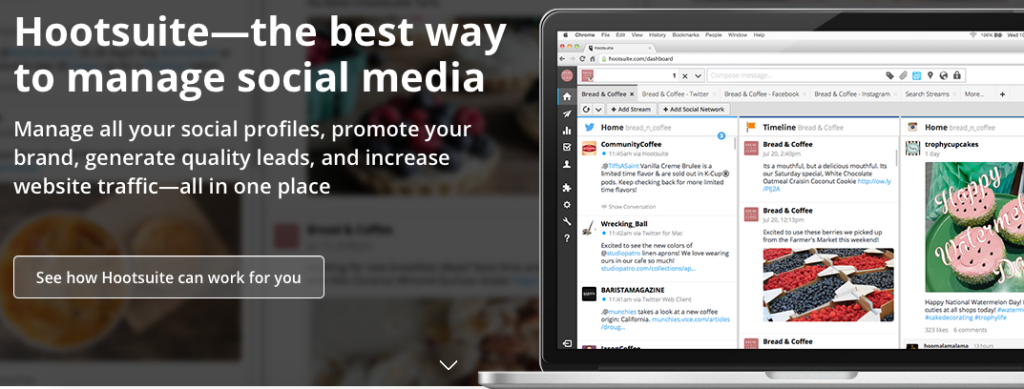Social Media for Non-Profits: 3 Tips for Success

There are many questions that arise when doing social media for non-profits. Should you ask for donations? If so, how often? How often should you post? What should you post? If you are a non-profit manager, volunteer, or staff member, you may have questions like these when you sit down in front of your organization’s Facebook, Twitter, and LinkedIn profiles.
Below we share 3 tips for success when doing social media for non-profits.
But, What Does Social Media for Non-Profits Even Look Like These Days?
A lot of our non-profit clients start out by asking us what social media platforms they should use. We answer that it depends on the cause they represent and who they are trying to reach. The best way to decide on what social media platforms to use is to start a profile and see who’s on there.
If you are trying to reach medical professionals in your local area, log into Facebook and try searching for some of them that you know of to see if they have profiles. You can create a social media profile in minutes and use it to explore the network available to you. If you don’t see a lot of the types of people you’re trying to reach, try the next option.
To get you started, though, you can’t go wrong with exploring the 3 biggest social media platforms: Facebook, Twitter, and LinkedIn. These platforms have millions of people on each of them, so chances are you’ll be able to find the type of people you’re trying to reach on all three of them.
With tools like Hootsuite, it’s also easy to maintain a presence on multiple platforms, so don’t be afraid to post to more than one.
For more about how to create an effective social media strategy, check out our other article on this topic:
How To Supercharge Your Social Media Strategies Without Spending a Fortune
Tip #1: Use the 80/20 Rule When Asking for Donations
The first tip for success when doing social media for non-profits is to follow the 80/20 rule. The 80/20 rule of social media means that you only ask for donations 20% of the time. The rest of the time you’re providing valuable content to your audience about topics they care about that also relate to your cause. These can be:
- News articles from local media
- Blog posts from other non-profits
- Upcoming events from your organization
- Photos from past events
You want to avoid hitting your audience over the head with requests for donations. Think about the social media profiles you follow. Do they try to “sell” you something with every post? Typically, they post interesting content the majority of the time and then slip in a sales post every so often.
Use the 80/20 rule to avoid coming off like a spammer who’s constantly asking for money.
Tip #2: Use Social Media to Drive Traffic to Your Website
When you do post to social media, make sure content you produce links back to your organization’s website. Social media is a great way to build awareness, but you don’t want people to simply stay on Facebook, Twitter, or LinkedIn. You want to post compelling content with links that will entice them to learn more about your organization.
To see what we mean, check out this example post from one of our non-profit clients:

Like this post, your social media posts should:
- Feature a photo, preferably of people
- Include a tagline that is a subtle command (or “call-to-action”)
- Include relevant info that appeals to the type of people you’re trying to reach
- Include a link that goes back to your website where there is more information, a donate button, and a way to sign up for future updates
Tip #3: Listen to Your Audience and Reach Them ‘Where They Live’
Ultimately, social media needs to be as much about listening as it is about posting. As you gain followers and connections, you need to tailor your content toward what they are interested in. Try breaking down your social media connections into groups by demographics:
- Gender
- Age
- Race
- Personal interests
- Types of events they’re interested in
- What motivates them to donate or volunteer
Then create content that is tailored toward each group. If you’re trying to reach men who are 55+, are interested in music, and are interested in attending community events to help prevent homelessness, for example, you need to include some posts in your weekly schedule that cater to that type of person.
You also should avoid posts that you think might alienate the types of people you’re trying to attract. Mostly: you want to really get into the mindset of your audience and try to figure out what makes them tick. The best way to develop a strong following for a non-profit on social media is to be relatable.




Social Media for Small Business: 3 Do's and Don'ts - Content Garden
June 14, 2017 @ 9:01 am
[…] of the advice we gave on non-profit social media also applies to doing social media for small business. When you’re a small business owner, […]